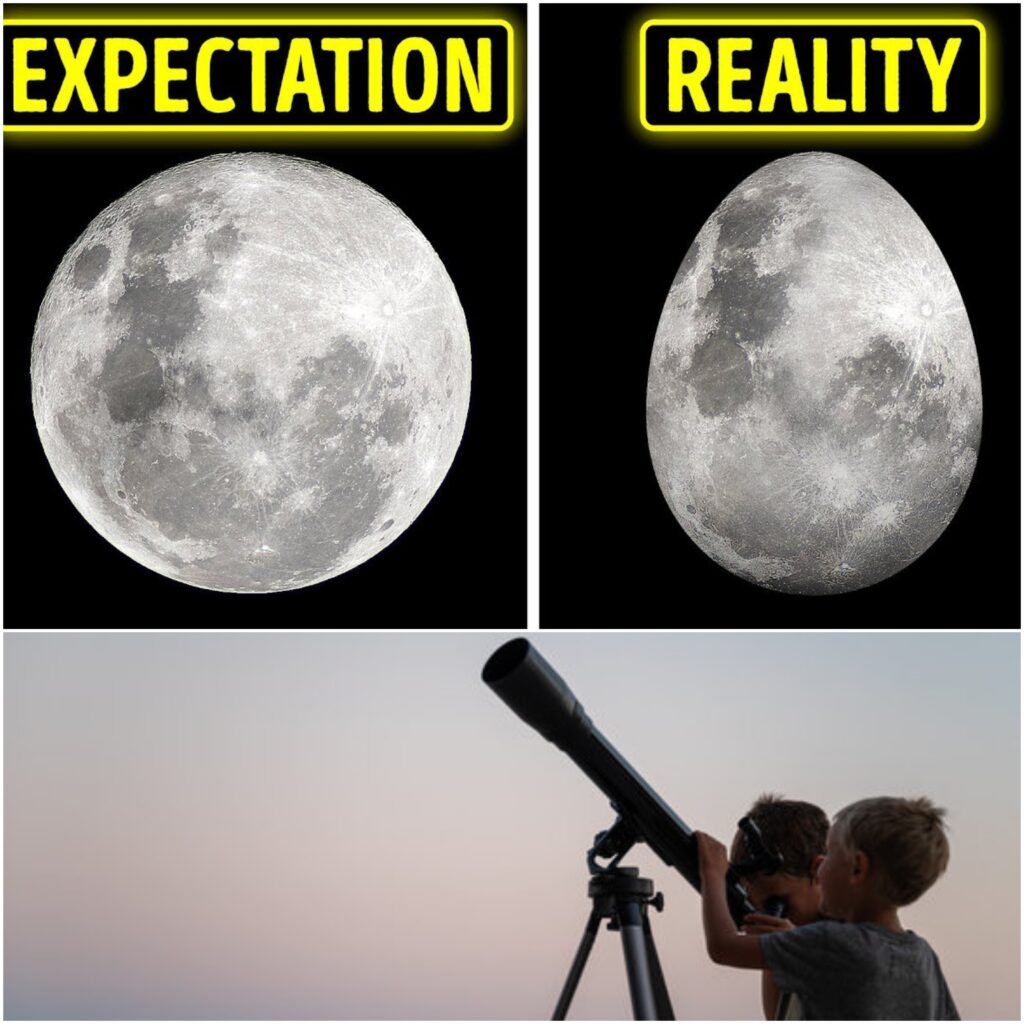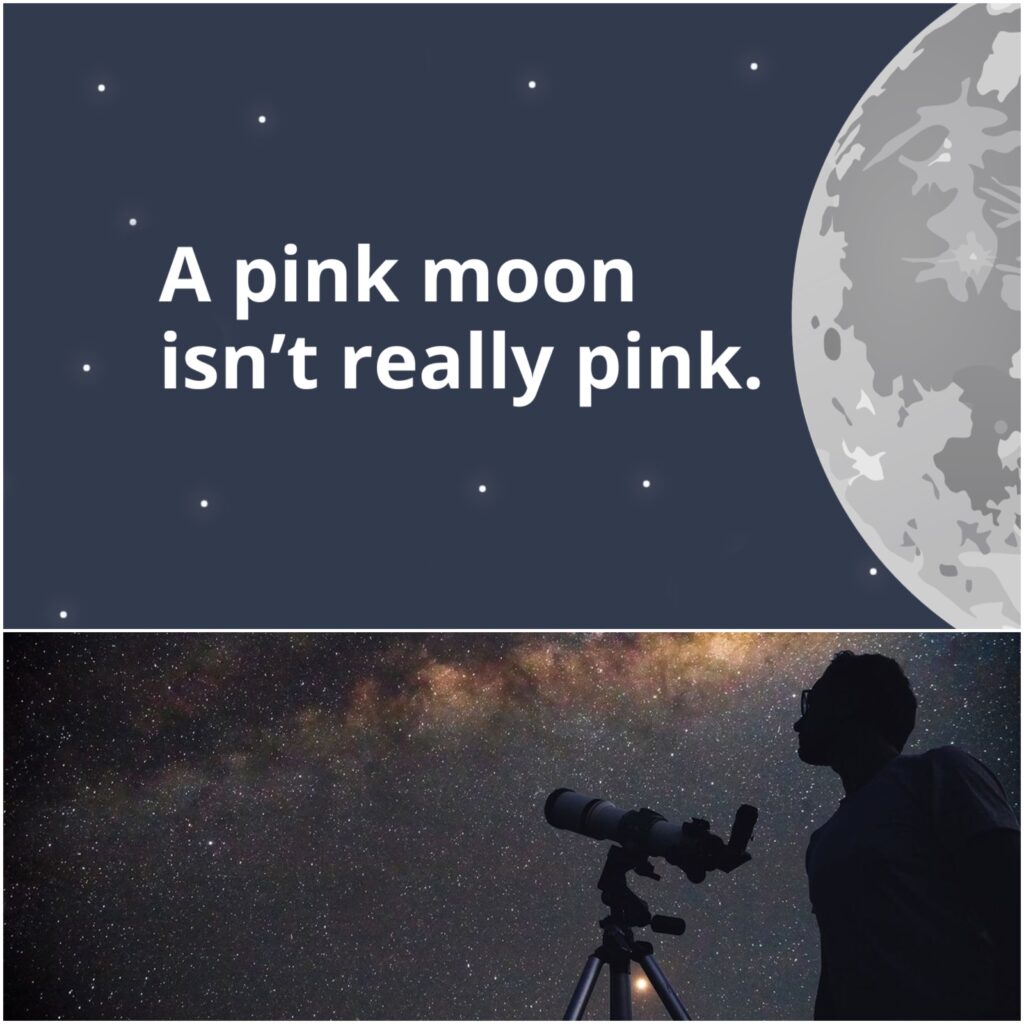The moon has been a source of wonder for humans for thousands of years.
Even today, many facts about the moon remain unexplained, puzzling scientists and sparking curiosity.
Let’s explore 15 mysterious facts about the moon that continue to leave experts searching for answers.

Top 15 Facts About the Moon That Scientists Still Can’t Explain
1. Why Is the Moon’s Far Side So Different?
The moon’s far side has more craters and a thicker crust than the side we see.
Scientists are unsure why it is so uneven, but they think a second moon might have collided with it long ago.
2. How Did the Moon Form?
The most popular theory says the moon formed when a Mars-sized object hit Earth, but this does not explain all its features.
Its exact origins are still debated.
3. Why Does the Moon Have Water?
Traces of water have been found on the moon’s surface and in its rocks.
Scientists do not know how the water got there or why it has not all evaporated into space.
4. Why Is the Moon’s Core So Small?
Compared to Earth, the moon’s core is much smaller than expected.
This makes scientists wonder how it cooled and formed differently from other rocky planets and moons.
5. Why Doesn’t the Moon Rotate?
The moon is tidally locked, meaning we always see the same side.
Scientists know this is due to gravitational forces, but how it became perfectly locked is still unclear.
6. What Causes Moonquakes?
Earthquakes happen because of tectonic activity, but the moon does not have tectonic plates.
Yet, it still has moonquakes, and their exact cause remains a mystery.
7. Why Is the Moon Moving Away?
The moon drifts about 3.8 cm farther from Earth every year.
Scientists do not know when this started or how it will affect Earth in the far future.
8. Why Is the Moon’s Orbit Tilted?
The moon’s orbit is tilted by about 5 degrees compared to Earth’s orbit around the sun.
Scientists are not sure why it is not perfectly aligned like many other moons.
9. What Created the Moon’s Magnetic Rocks?
The moon does not have a magnetic field, yet some of its rocks are magnetic.
This suggests it once had a magnetic field, but scientists do not know how or why it disappeared.
10. Why Are the Moon’s Craters So Well-Preserved?
Unlike Earth, the moon’s craters stay visible for millions of years.
Without weather or water erosion, they remain frozen in time, but scientists are unsure why no other forces erase them.
11. How Did the Moon Get Its Hollow Sound?
During lunar missions, astronauts reported that the moon “rang like a bell” when struck by equipment.
This strange phenomenon makes scientists question what’s beneath its surface.
12. Why Are There Lunar Swirls?
Bright, swirly patterns on the moon’s surface, called lunar swirls, have puzzled scientists.
They think they are connected to magnetic fields, but no one knows for sure.

13. Why Does the Moon Have Mascons?
Mascons are areas of high gravity under the moon’s surface.
Scientists believe they’re linked to ancient impacts, but their exact formation process is still unclear.
14. How Did the Moon Get Its Thin Atmosphere?
The moon has a very thin layer of gases called an exosphere.
Scientists do not know why it does not have a denser atmosphere or how its gases are replenished.
15. Why Is the Moon’s Surface So Reflective?
The moon reflects a surprising amount of sunlight, making it visible even from far away.
Scientists are not sure what causes this unique reflectivity.
Bottom Line
These facts about the moon reveal just how mysterious our closest celestial neighbor is.
From its unusual features to its strange behavior, the moon keeps scientists guessing.
As research continues, we might uncover answers to these puzzles or find even more mysteries waiting to be solved.
Read Also: Facts About Dreams That Reveal the Secrets of Your Subconscious
